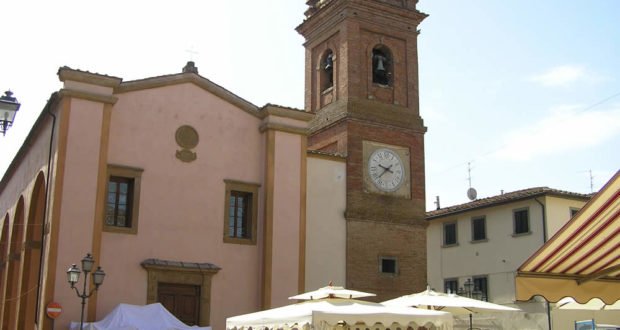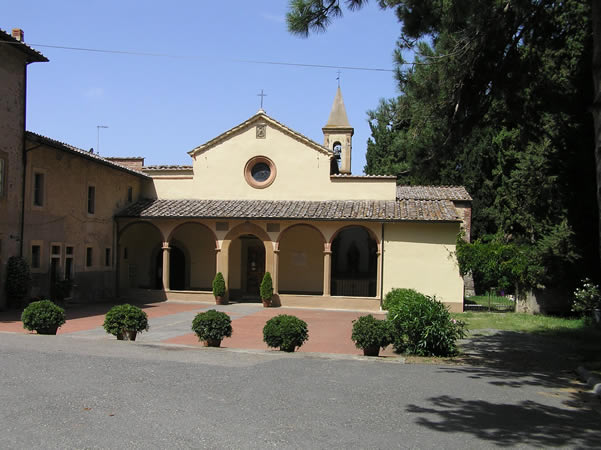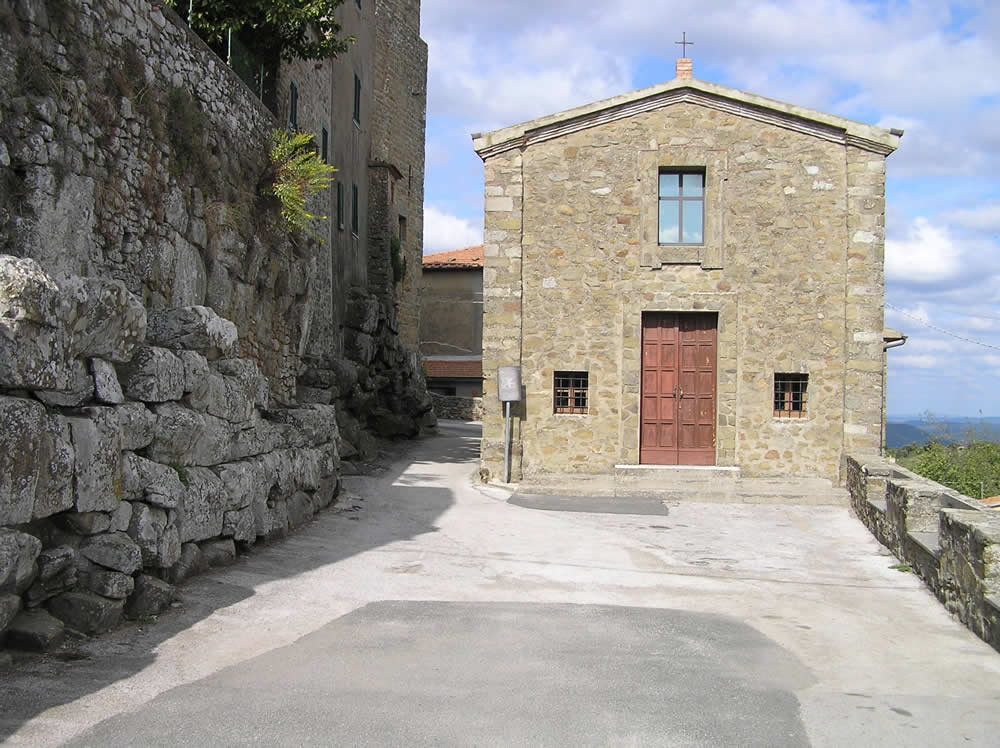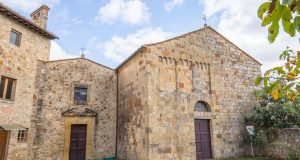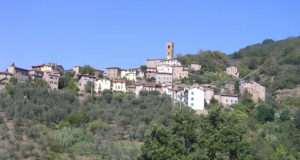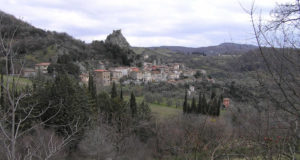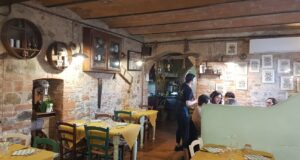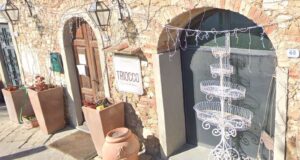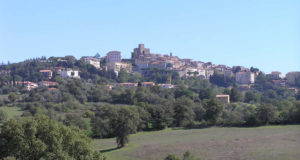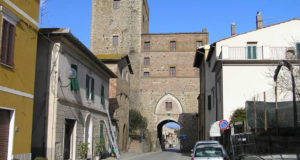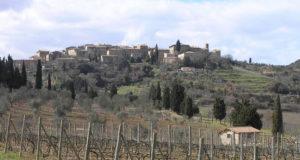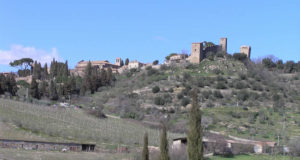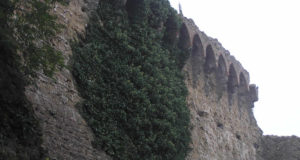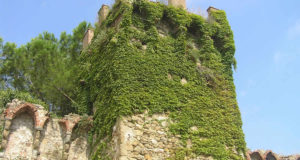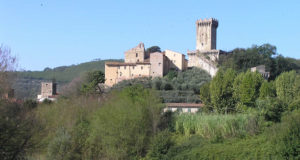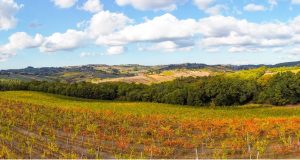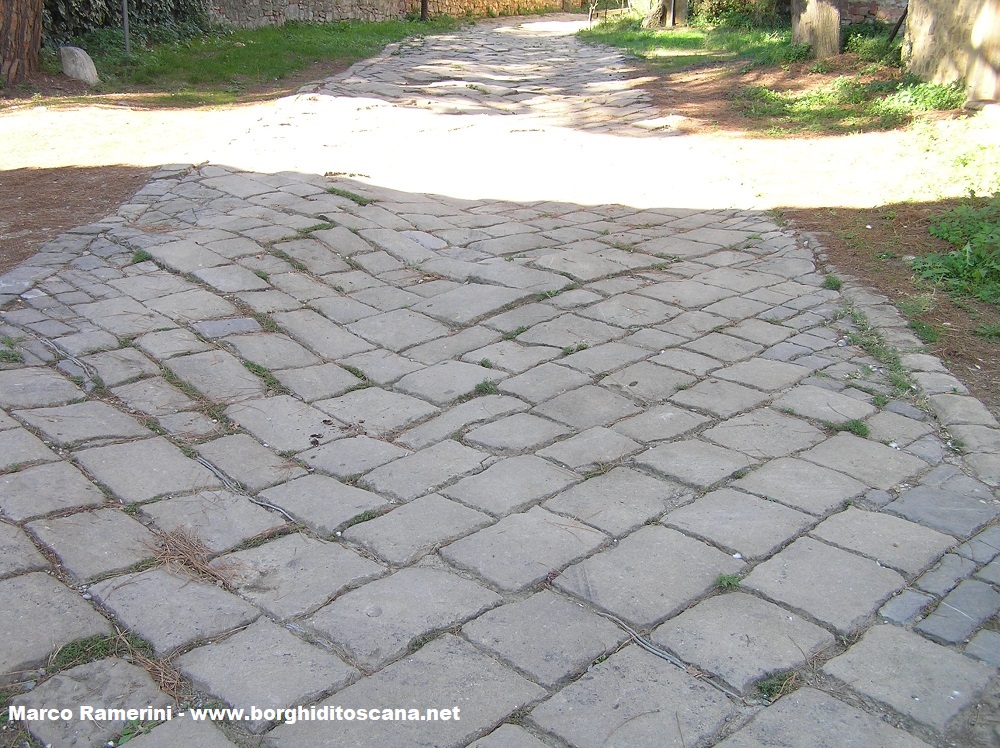![]() Français
Français ![]() Deutsch
Deutsch ![]() Español
Español ![]() Italiano
Italiano
Montaione is a town located on a hill at an altitude of 342 meters overlooking the Val d’Elsa, in an important archaeological area as many finds of Etruscan and Roman origin have been found. The municipality has about 3,700 inhabitants and preserves the remains of walls, towers and a postern dating back to the medieval period when Montaione was an important fortified village of Florence dominating the Val d’Elsa.
AN IMPORTANT FORTIFIED CENTER DOMAINING THE VAL D’ELSA
The birth of the current town dates back to the Middle Ages, in 1257 Montaione became a free municipality and then belonged to Florence starting from 1369. The art of glass developed there since the XIII century and flourished between the XV and the XVIII century, in particular glasses were made there. Due to German mines in 1944 the city walls were damaged and almost all the towers and the main gates of the town were destroyed.
The town today retains its medieval road system and some historic buildings such as the Palazzo Pretorio, on whose facade there are numerous coats of arms, and which now houses the Civic Museum which houses archaeological and palaeontological finds. In the center of the village is the Church of San Regolo founded in the 12th century and remodeled several times, inside a Madonna with Child by Guido di Graziano (13th century).
Outside the town of Montaione, along the road that leads to Gambassi Terme, in the locality of Poggio all’Aglione, the remains of an ancient Roman cistern are visible alongside the road.
The territory of Montaione is scattered with the remains of ancient castles, many of which remain ruins, including the castles of Camporena and Vignale. The castles of Castelfalfi, della Sughera and Tonda are well preserved.
Among the religious architectures, the Convent of San Vivaldo deserves a separate mention, located in a vast wooded area, the convent was built – on the site of a small thirteenth century church – starting from the fifteenth century by the Franciscans, annexed to the convent there are a series of chapels dedicated to the life of Jesus.
 Borghi di Toscana Guida ai borghi e ai paesaggi della Toscana
Borghi di Toscana Guida ai borghi e ai paesaggi della Toscana
